Species grows well on lower-protein feeds
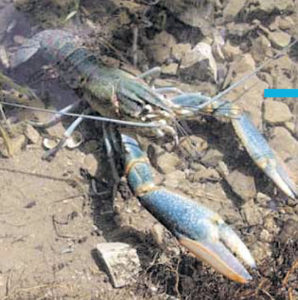
The Australian red claw crayfish (Cherax quadricarinatus) is a large freshwater crayfish native to the tropical region of northern Australia and the catchments of southeastern Papua New Guinea. It is a candidate for widespread aquaculture because it can grow rapidly (65-91 g in four months) to potential sizes over 450 grams, which may allow the animals to be marketed as small freshwater lobsters. In addition, red claws have a lack of complex larval stages, few major diseases, tolerance to high culture densities, and flexible eating habits that include a wide variety of foods including prepared diets.
Market potential
Red claws compare well in flavor and texture with most sought-after crustaceans, including the American lobsters. Currently, red claws are primarily sold in live seafood markets, with prices paid to U.S. producers ranging $17.60-22.00 per kilogram for product in the 60- to 120-g range. Even higher prices are paid for larger premium individuals with characteristics similar to those of small lobsters.
Feeding trial
Little information is currently available on the relative differences in processing trait characteristics between male and female red claw crayfish, or what protein levels in crayfish diets yield maximum growth. The authors recently conducted a study at Kentucky State University in Frankfort, Kentucky, USA, to determine if either sex in red claws has superior meat yield from the tail and claws when fed diets containing three 22, 32, and 42 percent protein.
A 117-day feeding trial was conducted in single-season, temperate-climate ponds. Juvenile red claws of 4.6 ± 2.2 grams mean weights were randomly stocked into nine 0.02-hectare ponds with average water depth of 1.1 meters at 500 animals per pond. Each diet was fed in three ponds.
Total weight and number of crayfish for each sex were recorded at harvest. At the conclusion of the trial, processing traits were determined in 20 males and 20 females randomly chosen from each pond. The crayfish were chill-killed using an ice water bath and measured for total weight, claw weight, shell-on tail weight, shell-off tail muscle meat weight and cephalothorax wet weight.
Results
Male red claws fed the 22 percent protein diet had significantly higher mean total weight (101.2 grams), claw weight (29.2 grams) and shell-on tail weight (32.0 grams) than males fed the other diets (Table 1). Male red claws fed 22 percent protein also had a higher mean weight of tail muscle meat when compared to males fed the 42 percent protein diet, but their weight was not different from that of males fed 32 percent protein. Cephalothorax weight was similar in male crayfish fed 22 and 42 percent protein diets, but lower in animals that received 32 percent protein feed.
Thompson, Processing traits of male and female red claws, Table 1
| Trait | Treatment 1 | Treatment 2 | Treatment 3 |
|---|
Trait | Treatment 1 | Treatment 2 | Treatment 3 |
|---|---|---|---|
| Males | |||
| Total weight (g) | 101.2 a, x | 88.0b, x | 85.4b, x |
| Claws (g) | 29.2 a, x | 23.3b, x | 21.3b, x |
| Tail (g) | 32.0 a, x | 29.0b, x | 27.0b, x |
| Tail muscle (g) | 21.4 a, x | 19.2ab, x | 17.1b, x |
| Cephalothorax (g) | 40.2 a, x | 36.0b, x | 38.0ab,x |
| Females | |||
| Total weight (g) | 68.0 a, y | 66.0ab, y | 61.3b, y |
| Claws (g) | 12.0a, y | 12.0a, y | 10.0b, y |
| Tail (g) | 25.4a, y | 24.0ab, y | 22.2b, y |
| Tail muscle (g) | 14.3a, y | 14.0a, y | 12.0b, y |
| Cephalothorax (g) | 30.2a, y | 30.0a, y | 29.1a, y |
Female red claws fed the 22 percent-protein diet had higher total weight (68.0 grams) and weight of tails with shell (25.4 grams) as compared to females fed 42 percent protein, but not different from females fed 32 percent protein. Females fed diets containing 22 percent and 32 percent protein had significantly higher claw weight and weight of tail muscle meat than females fed 42 percent protein. There were no significant differences in the cephalothorax weight among treatments.
https://www.aquaculturealliance.org/advocate/in-australia-aquaculture-is-looking-up-and-ahead/
When analyzed within the same diet, males had significantly higher total weight, claw weight, tail weight, and cephalothorax weight than females.
Data from the study indicated that male and female red claw crayfish fed a 22 percent protein level had growth higher than or similar to crayfish fed more protein. Male red claws were larger than the females when comparing processing traits (Fig. 1). Males also had a higher percentage of their body weight comprised of claw weight and slightly more tail muscle meat. However, females had a higher percentage of their body weight comprised of shell-on tail than male red claws.
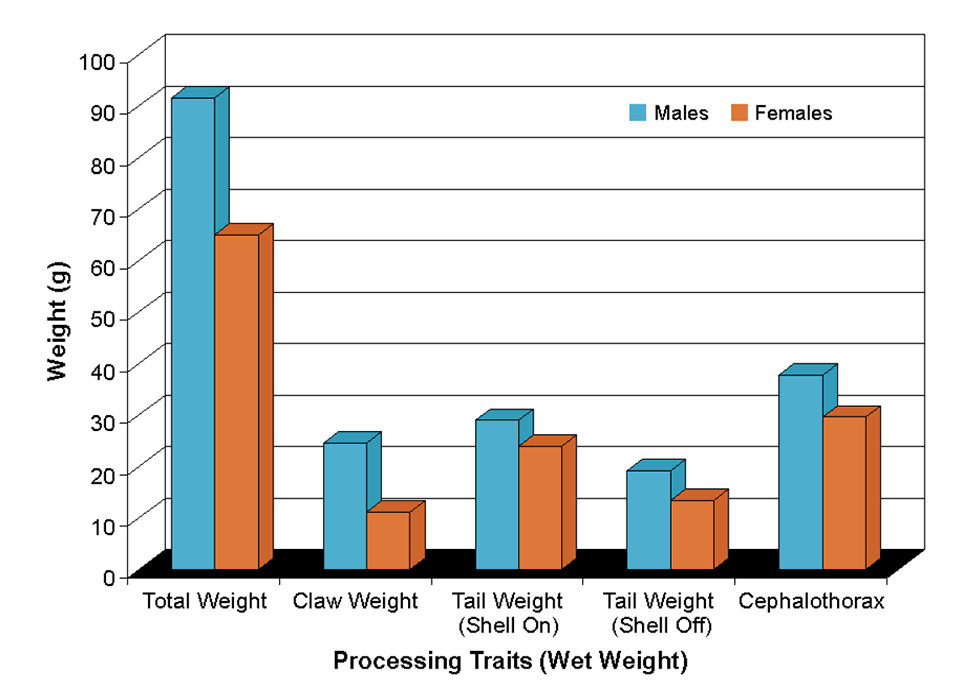
Conclusion
Stocking an all-male population of red claws may allow producers to grow larger individuals, which command a higher market price because they have more edible meat in their claws and tails. However, at present this is not economically feasible, since most red claw hatcheries sell mixed animals to farmers. Further, if farmers wanted to raise their own broodstock, females would be necessary.
Many females harvested from the authors’ research ponds had fertilized eggs, which could be used to grow stocking-size juveniles during the winter and spring months before stocking them in June for grow-out production. Although at an average size of 92 grams, male red claws were larger in the present study, the females of 65 grams average size could still be sold to seafood and restaurant markets at a reasonable price.
(Editor’s Note: This article was originally published in the April 2004 print edition of the Global Aquaculture Advocate.)
Now that you've reached the end of the article ...
… please consider supporting GSA’s mission to advance responsible seafood practices through education, advocacy and third-party assurances. The Advocate aims to document the evolution of responsible seafood practices and share the expansive knowledge of our vast network of contributors.
By becoming a Global Seafood Alliance member, you’re ensuring that all of the pre-competitive work we do through member benefits, resources and events can continue. Individual membership costs just $50 a year.
Not a GSA member? Join us.
Authors
-
Kenneth R. Thompson
Aquaculture Research Center
Kentucky State University
Frankfort, Kentucky 40601 USA -
Laura A. Muzinic
Aquaculture Research Center
Kentucky State University
Frankfort, Kentucky 40601 USA -
Carl D. Webster, Ph.D.
Aquaculture Research Center
Kentucky State University
Frankfort, Kentucky 40601 USA
Related Posts
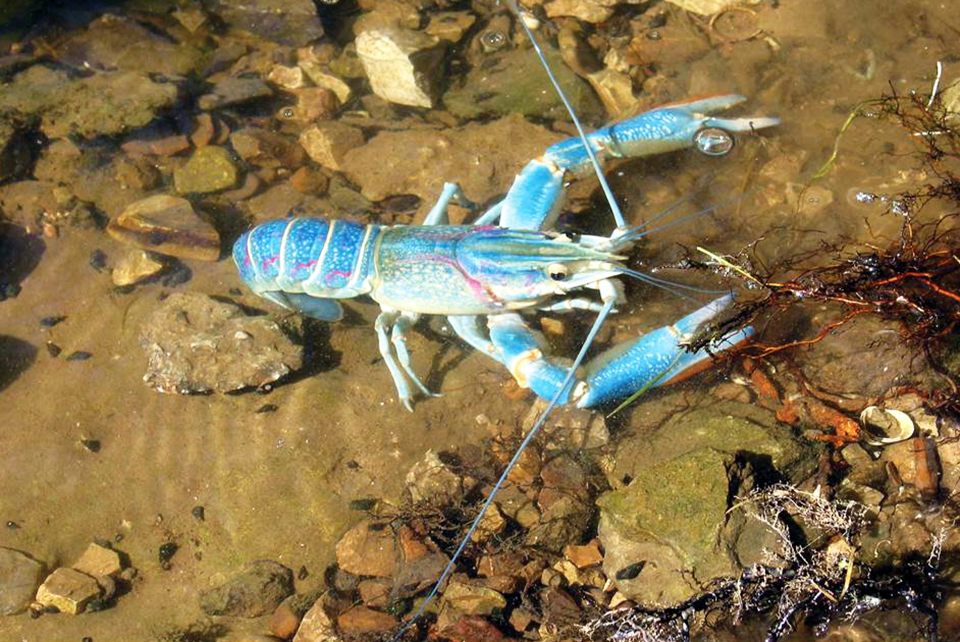
Health & Welfare
Diets for pond-raised red claw crayfish
Red claw crayfish have numerous attributes that make the species a good choice for aquaculture, including flexibility in feeding that may allow expensive prepared diets to be supplemented or replaced by natural foods or forages.
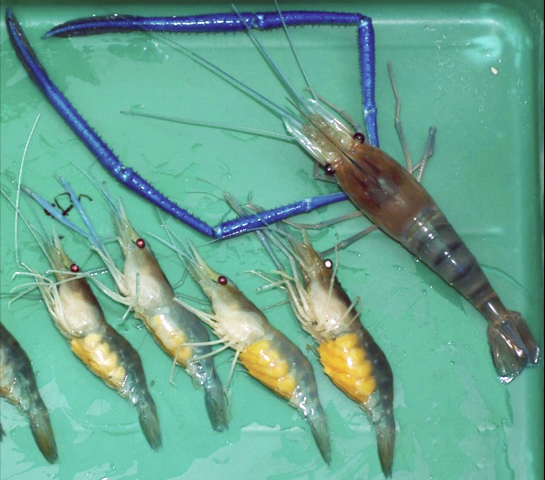
Innovation & Investment
Monosex culture of prawns through temporal androgenic gene silencing
A newly developed technology for producing all-male populations of freshwater prawns by temporal silencing of the androgenic gland insulin-like gene marks the first RNA interference-based biotechnology to be commercialized in the field of aquaculture.
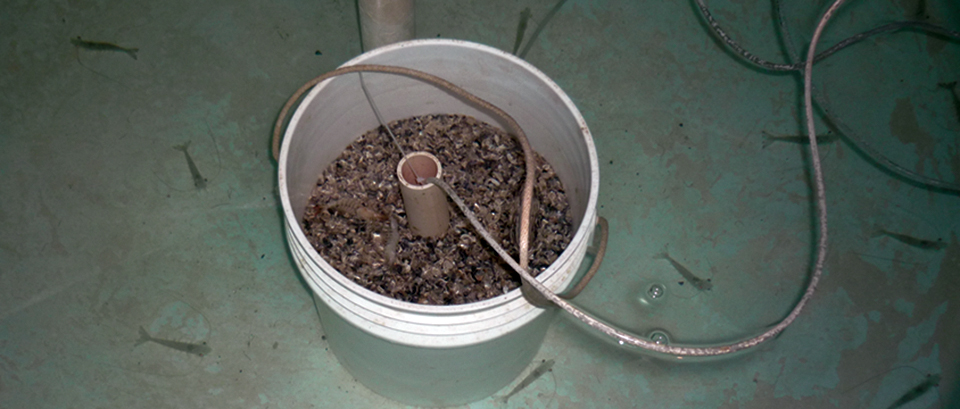
Health & Welfare
Testing finds resistance to WSSV in shrimp from Panamanian breeding program
In a challenge test under controlled conditions using a severe strain of the virus, resistance to WSSV was shown in shrimp supplied by the Camaronera de Coclé, S.A. L. vannamei genetics program.
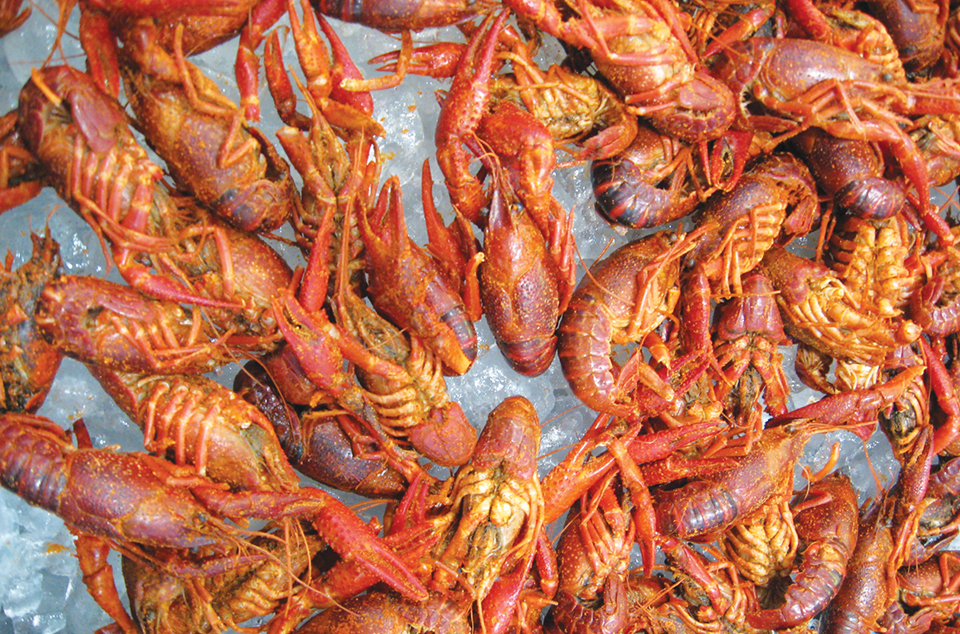
Intelligence
Purging, processing freshwater crawfish
In crawfish production, purging systems can improve water quality, reduce contaminants and improve the physical factors of the product valued by consumers.


